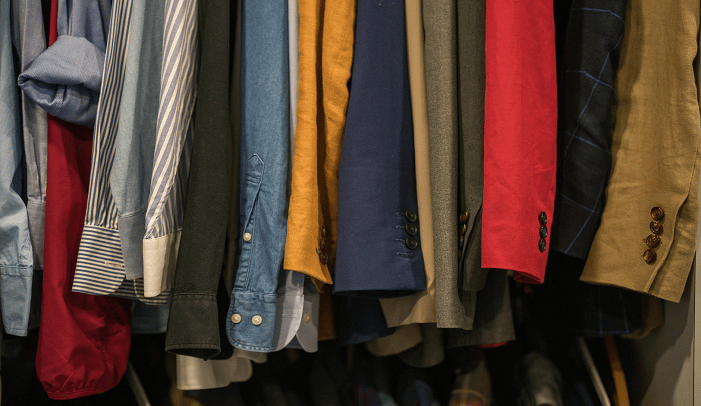By now, we all know that the retail sector suffered significant damage during the lockdown phase. Within retail, one of the largest declines recorded was in the fashion category, on the back of reduced disposable incomes of consumers and the imposition of social distancing that limited spending occasions. Supply chain disruptions also impacted the sourcing of products.
Online retail saw almost an 80 per cent rise during this time. Here too, the biggest beneficiaries were the grocery, home, electronics and beauty categories. Fashion witnessed a decline even in online retail as cross-border supply chains were impacted. Overall, we estimate the decline in fashion was running at above 75 per cent during this time. There were semi-essential categories within fashion – such as sportswear and baby/childcare accessories – that were relatively less impacted.
First-timers to the fore
Some consumers also tried online platforms for the first time to purchase in these categories as well. Interestingly, high income consumers constituted a majority of first-time fashion buyers in UAE while the opposite was true for Saudi Arabia.
Our research shows that 70 per cent of UAE customers are excited about fashion shopping during Eid this year. As a comparison, the demand is less than 40 per cent for other categories such as electronics and beauty. This is similar to the excitement levels consumers had before the outbreak of the virus and shows a pent-up demand for fashion. We have also observed this empirically in the last few weeks since the malls partially opened in the UAE.
Binge buying
A specialty fashion retailer saw a single customer buying goods worth more than Dh150,000 right after the lockdown was lifted. Similarly, the Hermes’ flagship store clocked in $2.5 million in sales on a single day after the lockdown was lifted in China.
However, it is not clear that high customer excitement will result in increased sales. The first challenge is supply of products. Given that retailers knew about COVID-19 in February itself, they would have reduced new inventory buying wherever possible.
This could result in limited new selection available to customers, thus dampening demand. Another challenge could be any increase in the rate of spread of the virus resulting in higher precautions by customers.
Integration of experiences across online and offline will be another critical element for retailers. Our research shows the “stickiness” of online fashion customers is highest at greater than 60 per cent. We have already seen luxury players working with online marketplaces and launching mono-brand online experiences to reach out to customers in this new environment.
In summary, customers seem to be ready for Eid celebrations. Retailers need to listen to them and cater the offerings to suit the new landscape. If this happens, then the fashion sector can witness the much-needed boost in sales and be on the path to recovery. – Sandeep Ganediwalla is Partner at RedSeer Consultancy’s Middle East operations.

